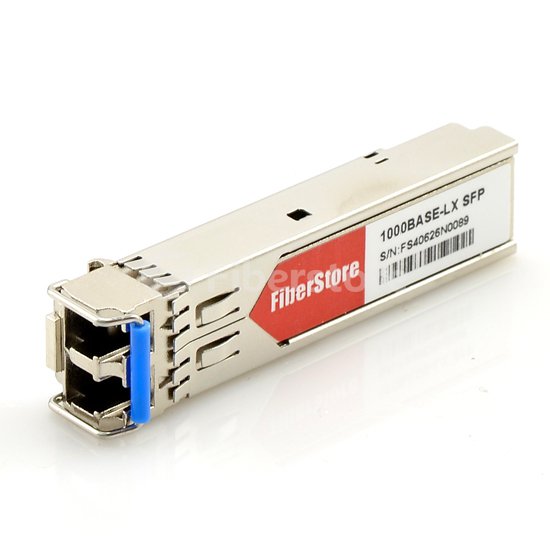January 04, 2016
Fiber optic transceivers are used to send and receive optical information in a variety of different applications. These devices help designers in a variety of different applications including telecommunications. The devices are scalable and flexible in their use. They are preferred by designers. There are many kinds of fiber optic transceivers in the market. Which one to choose? Here are some tips on how to select the best type of fiber transceivers.
There are two modes of fiber to consider: single-mode and multi-mode. Single-mode fiber optic cable is used in applications that need bandwidth that will travel over long distances. Multi-mode fiber will allow each signal to travel on more than one pathway at one time. There are numerous different types of multi-mode fiber that have all types of bandwidth capacity.
There are four basic types of internal construction, in which you need to choose the one that will work best for your application. One of the most popular types is the distribution or tight pack. The second type is the breakout or fan-out design, which gives each buffered fiber its own individual jacket and is a more durable design. The zip cord or assembly is another preferred internal construction option. In this construction, one or two buffered fibers in individual jackets should be considered. The loose tube is the final option. In this design, non-buffered fibers are threaded through a tube along with a water repellent gel compound. The image below shows an AT-SPLX10 1000BASE-LX SFP transceiver.

Some transceiver types will cause major loss and conflict. Many chips only use the full-duplex configuration and are not capable of supporting the half-duplex environment. Using the wrong type of fiber transceiver for an application, like using a half-duplex when the application requires full-duplex, will cause significant loss or conflict. Only choose full-duplex unless you think that your application can support half-duplex.
Fiber optic transceivers will produce high temperatures when they are not operating properly. Transceivers may fail prematurely at high temperatures. What are the thresholds for your devices? The higher the threshold, the more flexible the device will be in various applications. Temperature adaptability should be high for the best performance. It is important to know how well a transceiver can adapt to heat if it will be in high temperatures.
Some manufacturers of transceivers incorporate the use of a safety device to prevent packet loss. This is preferable to many different types of designers. Other designers skip this feature to reduce costs. This is not preferable and can result in an inferior design. In some instances, it’s better to increase costs than to remove devices to save money. Find transceivers with safety measures to decrease the probability of packet loss.
It is not always easy to know which type of transceivers should be chosen for which applications. There are a variety of factors that must be considered, including the internal construction, fiber mode, fiber cable jackets, and the temperature adaptability. Fiberstore provides a full range of optical transceivers, such as SFP+, X2, XENPAK, XFP, SFP, GBIC transceiver, CWDM/DWDM transceiver, 40G QSFP+, WDM Bi-Directional transceiver and PON transceiver. All our fiber transceivers are 100% compatible with major brands like Cisco, Finisar, HP, Juniper, Force10, D-link, 3Com. For example, Cisco MFEFX1 100BASE-FX SFP transceiver, Finisar FTLX8512D3BCL 10GBASE-SR/SW XFP transceiver, and NETGEAR AXM761 10GBASE-SR SFP+ transceiver, they are all backed by a lifetime warranty, and you can buy with confidence.
Posted by: jowang at
06:30 AM
| No Comments
| Add Comment
Post contains 590 words, total size 6 kb.
35 queries taking 0.1017 seconds, 70 records returned.
Powered by Minx 1.1.6c-pink.









